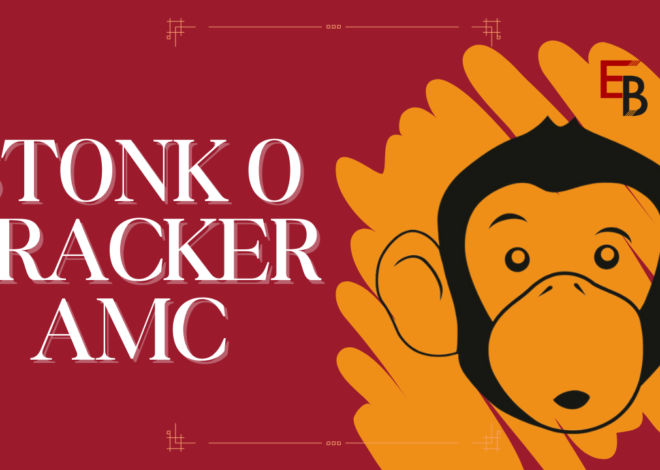The Role of HRIS in Talent Acquisition and Retention
For small businesses without a dedicated human resources team or an HR manager, human resource information systems can ease the burden of day-to-day employee management. From e-signing documents to tracking time off, HRIS software streamlines the process for everyone involved.
By making processes seamless and ensuring information is easily accessible, the system reduces the likelihood of costly human error. It makes the employee experience much more efficient and effective.
Recruiting
A well-developed HRIS supports the tracking of information that helps advance HR and business strategy. It can also automate tasks, streamline reporting, and provide self-service functionality. An efficient human resource information system can free up valuable time for HR professionals and managers and improve the employee experience.
It has an ATS (applicant tracking system) that allows companies to track applicant information, including resumes, interview notes, evaluation results, etc. It can also help streamline the hiring process by automating job postings and candidate screening.
The system can make it easier for employees to understand their benefits, such as healthcare and flexible spending accounts. It can include a list of available options, instructions on using them, and even an option to enroll online.
A human resource information system can also improve payroll by eliminating many manual processes and reducing errors. It can save the company money and ensure all paperwork is in order. It can also eliminate the need for physical documents, which can be especially helpful for environmentally conscious organizations.
Onboarding
HRIS allows HR professionals to streamline and automate many of their processes. It increases efficiency and provides a more accurate record of information. It also eliminates errors and inconsistencies that can cause problems, such as during payroll processing or benefits administration.
It can also enable compliance with regulatory requirements, such as U.S. equal employment opportunity records. Human resources information systems can also improve privacy and security by storing information digitally rather than in easily accessible paper files or spreadsheets that could be lost or damaged during a natural disaster or fire.
New hires can be updated on their company’s policies, procedures, and expectations with an online onboarding program that uses the system. It can also make the onboarding process more pleasant for the new employee, boosting retention rates.
An HRIS can also store training materials, which employees can access continuously. It can reduce the time and expense needed to host training seminars or bring in outside consultants to deliver information to employees.
Training
A sound human resources information system provides a one-stop shop for all HR data, giving employees, managers, and HR a big-picture perspective. Users can access important documents anywhere and anytime with an easy login process.
It also helps ensure compliance with local, state, and federal laws like the Worker Adjustment and Retraining Notification Act (WARN). By automatically tracking changes to employee records, a human resources system can alert managers of any issues needing their attention.
It can also help a company track the qualifications and skills of each employee. With a learning and development module, an HRIS can record course completions and provide employees with a list of available courses to improve their job-related knowledge.
It can also automate and standardize processes, making it easier for human resources professionals to complete tasks. It can save them time by eliminating manual paper processes and reducing the need for physical filing cabinets.
Benefits
The system provides a one-stop shop for all current, former, and prospective employee information. It makes it easy for HR managers to find the correct documents and data for a particular situation and saves time.
A basic HRIS may include an employee database, a payroll system, and vacation tracking. Depending on the needs of an organization, it can be expanded to include more features, such as training and development and performance management.The integration of performance management software further enhances the HRIS capabilities, providing a structured and efficient way to set goals, track progress, and evaluate employee performance.
Consulting with employees and managers about what they want from an HRIS is essential during the selection process. It can be done through surveys or suggestion boxes. The information collected can help determine the most essential features and functionality and how the company plans to use the software.
An efficient and well-planned human resources information system can improve a company’s processes, productivity, morale, and culture. It also creates a more human experience in the workplace. Whether an organization is small or large, it’s worth investing in an HRIS to meet its people-data management needs. It will save time and money in the long run and help prevent errors.
Performance
An HRIS is a one-stop shop for employee information, providing HR leaders access to data that can improve decision-making. The system automates many functions and self-service features, reducing administrative burdens and making it easier for managers and employees to input and retrieve information independently.
It is also helpful for workforce planning, as it helps companies forecast their future talent needs by tracking current employee demographics and labor market trends. It can also help identify potential successors for critical roles by providing data on employees’ career goals, training, and performance.
As you select an HRIS, ensure it meets your company’s unique requirements. Look for a system offering a wide range of capabilities and competent customer service. Human resources information systems can be expensive, especially for smaller organizations. Researching multiple vendors is crucial, with the best choice being based on the features that fit your organization and its budget. Compare costs through reviews, pricing, company websites, and product demos to find the right solution for your company. Once you find a vendor, work with them to develop a plan for implementing and integrating the software.
Also Read: A Deep Dive into Gustavo Henrique Pereira de Souza 462.4



